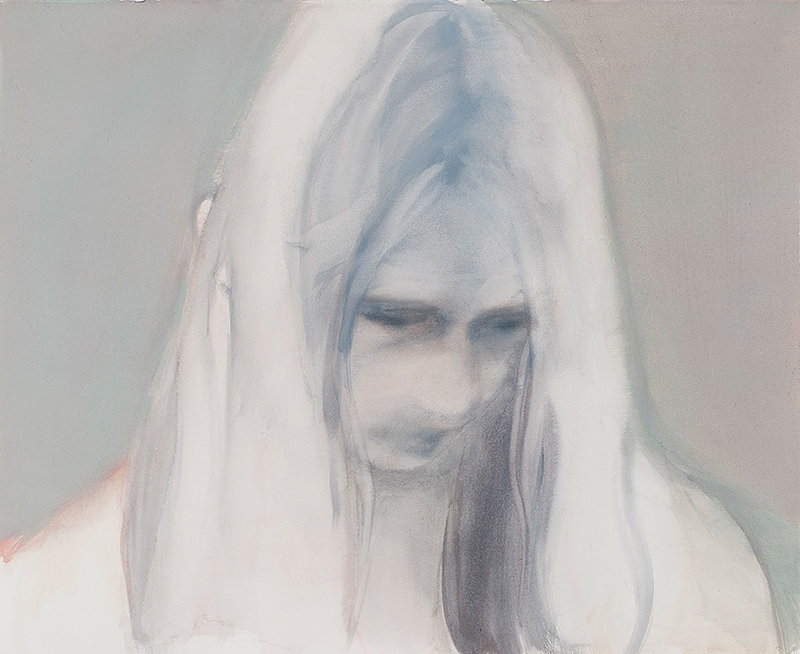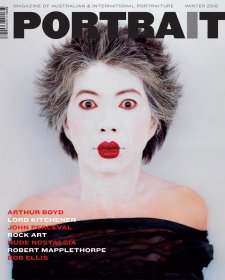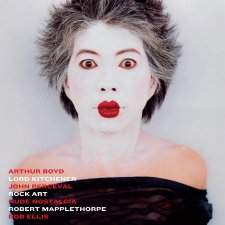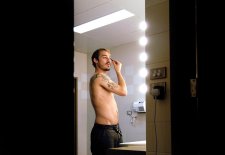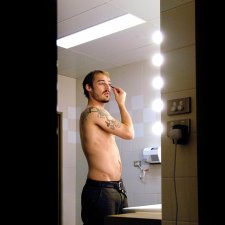A good portrait requires much more than a good likeness to the subject; it must be a good painting in its own right. For me, this means you are able to communicate something to the audience that you cannot achieve with words.
I paint people because I am interested in the complexities of the human condition. I want the viewer to feel a connection to the people I paint. I take a lot of my inspiration for my work from our suburban lives. I believe that where you spend your adolescent years will mark you as a person. I try to portray images that I have grown up with, and with which I feel enough of a connection to be able to make an interesting painting. The imagery that I work with is often ambiguous. I am not looking to capture the spirit of my subject or own them in any way; rather, they provide clues and suggest what their story may be. The audience will bring ‘themselves’ to the work – their own experiences and views – and this will ultimately influence their interpretation.
Unless I am making what I consider to be a ‘portrait’ in the traditional sense, I try to avoid referring to my works as portraits. I like to keep my works open to interpretation, and, somehow, labelling them as ‘portraits’ feels limiting. This could be because I feel that the subject matter is constantly shifting, depending on where I am with my own thoughts. And certainly it is ever-changing with each different viewer.
The work I have selected, Untitled No. 1, from 2010, is slightly unusual for me in that it is lacking a definitive title, but also because of the overly muted palette. Normally I would give my works a title that would give away a bit of a clue about the subject, and this is not the case in this instance. The muted palette adds to this mystery. I enjoy playing with how the palette and application of paint can really affect the image and trigger an emotional response. This work is an attempt to depict a private moment. I tried to focus on the psychology of the girl; I wanted her body language to suggest what her story may be.
